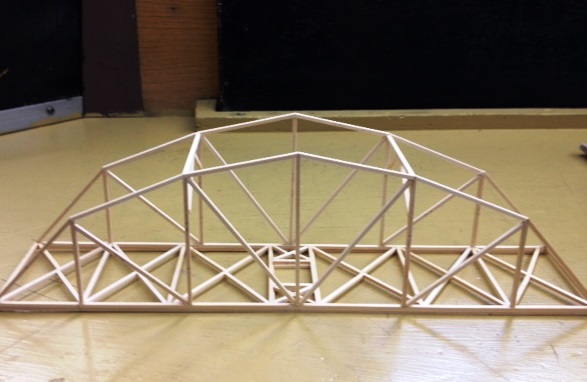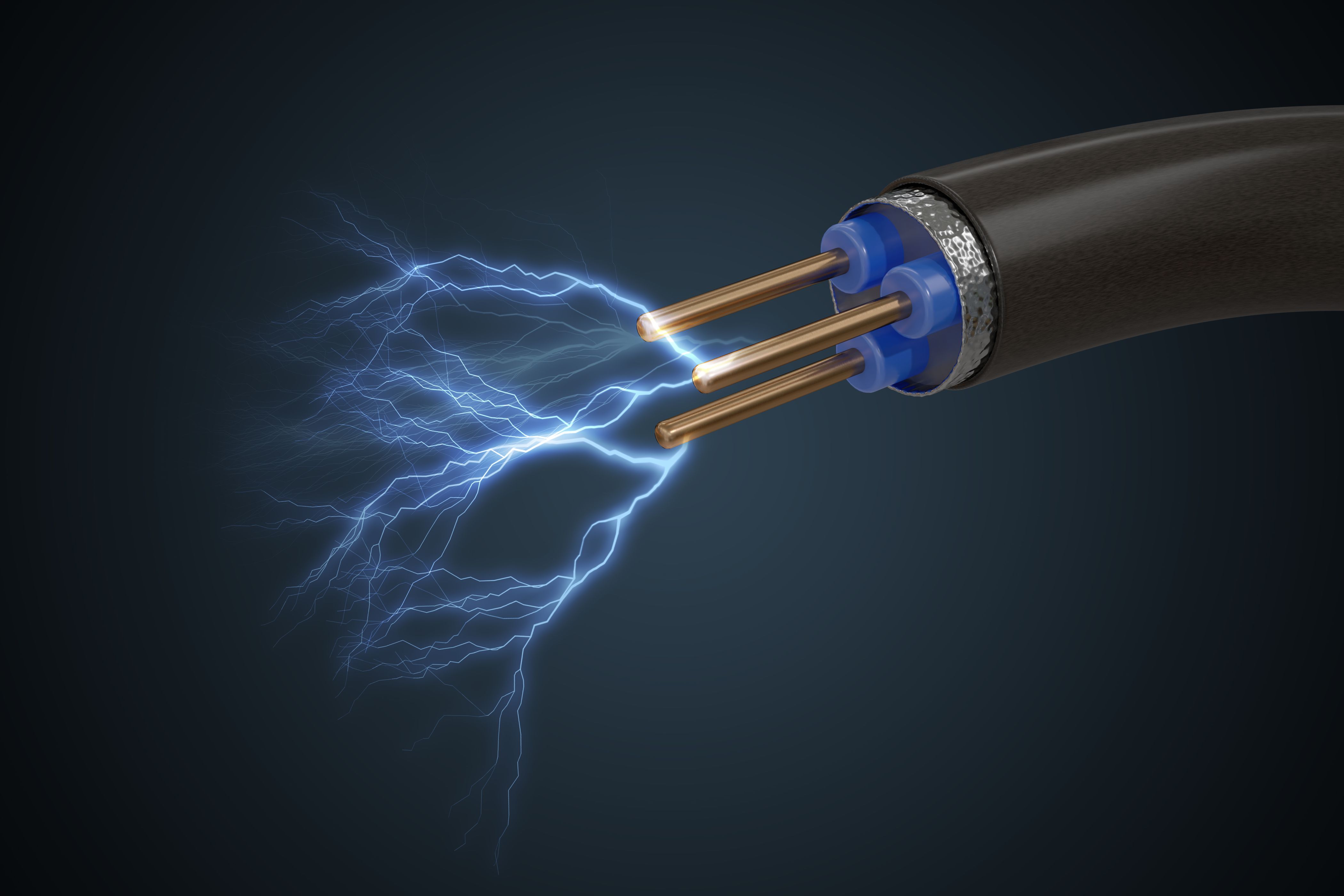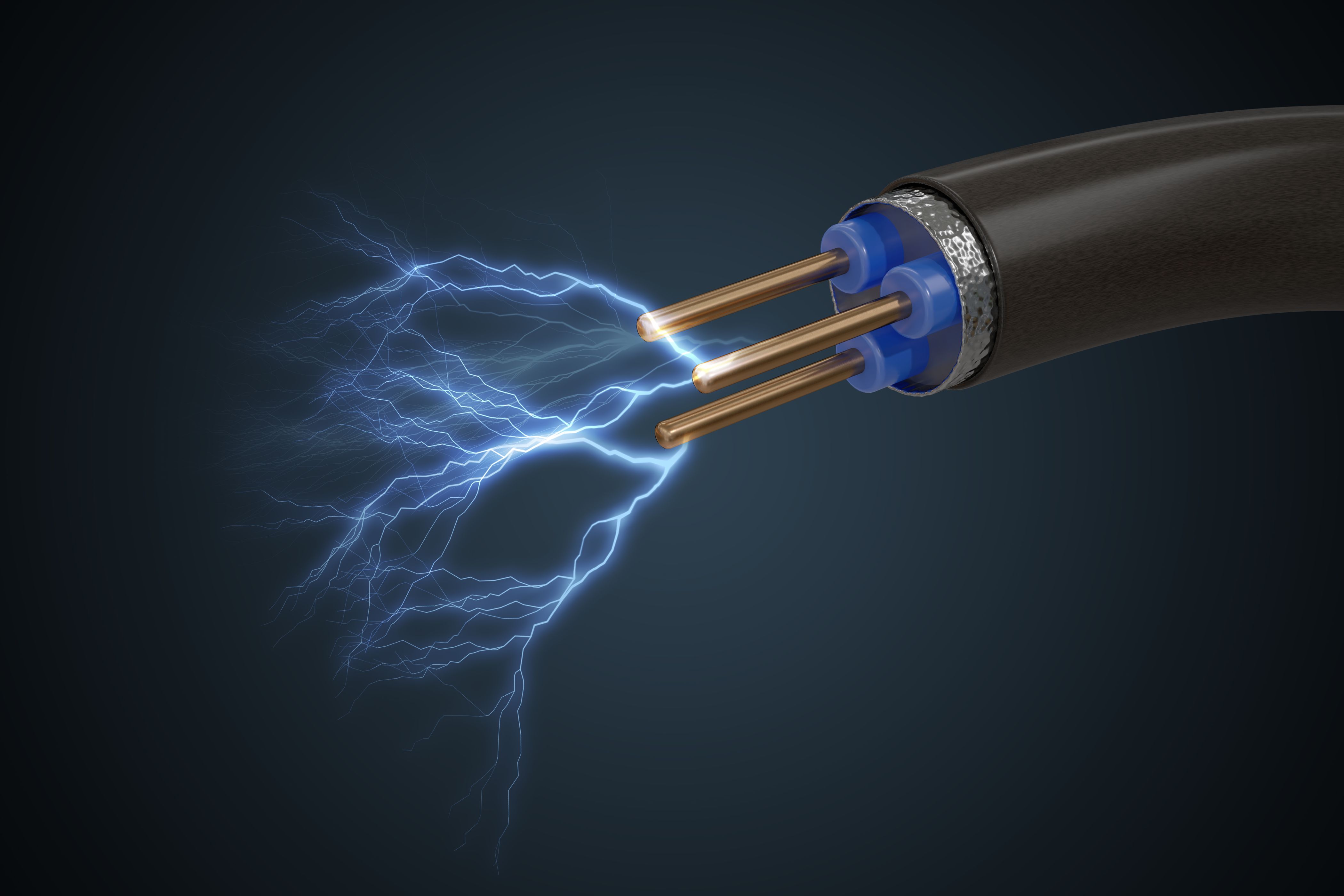Courses by Software
Courses by Semester
Courses by Domain
Tool-focused Courses
Machine learning
POPULAR COURSES
Success Stories
Exhaust Port Challenge
Introduction: Conjugate Heat Transfer (CHT) is the process of thermal energy exchange when solid and fluid domain interacts with each other. i.e. conjugate heat transfer corresponds with the combination of heat transfer in solids and fluids. In solids, conduction often dominates whereas, in fluids, convection usually dominates.…
Aditya Purkar
updated on 24 Jan 2021
Introduction:
Conjugate Heat Transfer (CHT) is the process of thermal energy exchange when solid and fluid domain interacts with each other. i.e. conjugate heat transfer corresponds with the combination of heat transfer in solids and fluids. In solids, conduction often dominates whereas, in fluids, convection usually dominates. Efficiently combining heat transfer in fluids and solids is the key to designing effective coolers, heaters, or heat exchangers, condensers, fins, etc. basically where there is the interaction of high-temperature applications such as engines, pumps, compressors.
Forced convection is the most common way to achieve a high heat transfer rate. In some applications, the performances are further improved by combining convection with phase change (for example liquid water to vapor phase change)
Heat transfer in solids and heat transfer in fluids are combined in the majority of applications. This is because fluids flow around solids or between solid walls and because solids are usually immersed in a fluid.
Aim:
To analyze conjugate heat transfer on exhaust manifold geometry where exhaust gases are coming with 5m/s velocity and at 700K. Aluminum material is considered as exhaust port material for now (usually it is cast iron).
Geometry:
Following geometry is used. The first step was to extract the fluid volume from where the air is expected to be flown. This fluid volume and the remaining solid volume are selected and together moved to a new component, and the empty components were deleted after this step. For meshing to be proper between these volumes, they should share information within one another, i.e topology should be shared. For this, the ‘share prep’ option in the ‘workbench’ tab was selected. Geometry process is completed.

Mesh Setup:
Base Mesh
For base mesh, the default value of mesh size was selected (435mm).
This gave No. of Nodes: 25677
No. of elements: 127369

Improved Mesh
For base mesh, the default value of mesh size was selected (25mm). Fluid volume was treated for the inflation layer so that the heat transfer coefficient should be captured precisely.
This gave No. of Nodes: 88511
No. of elements: 245383
We were about to use k-ꞷ SST turbulence model, so Y plus values must be maintained between 0-5. First layer thickness 0.5mm with 10 layers and increment of 1.2 per layer.


Physics Setup:
Turbulence Model: k-ꞷ SST, with a coupled method for the solver. With Pressure under relaxation factor as 0.1 and momentum factor as 0.3
The solution ran for 150 iterations, till the residuals drop below 1e-3 and showing a stable trend.
Solution and Post Processing:
|
HTC value for base mesh case |
94 W/m2-K |
|
HTC value for improved mesh case |
274 W/m2-K |
- HTC captured
Base Mesh


Fig. Convective heat transfer coefficient base mesh
Improved Mesh


Fig. Convective heat transfer coefficient improved mesh
2. Velocity trend
Base Mesh


Fig. Velocity distribution base mesh case
Improved Mesh


Fig. Velocity distribution improved mesh case
3. Temperature distribution
Base Mesh


Fig. Temperature distribution for base mesh case
Improved Mesh


Fig. Temperature distribution for improved mesh case
Prediction of HTC analytically:
Mathematical calculation of HTC:
One can determine the heat transfer coefficient by using the Dittus-Boelter correlation. This can be helpful for the purpose of designing heat exchangers, which are devices that are designed to transfer heat from one medium to another for commercial purposes. Although the Dittus-Boelter correlation is not perfectly accurate, it is useful for some applications and is estimated to be, accurate to within 15 percent. Using the Dittus-Boelter correlation the heat transfer coefficient can be calculated in the following way using two further dimensionless groups, the Reynolds number, and the Prandtl number:
h = (Kw/DH)*Nu
where kw is the thermal conductivity of the liquid, DH is the Hydraulic diameter, and Nu is the Nusselt Number which is determined by the following equation:
Nu = 0.023Re0.8Prn
In this equation, Re is the Reynolds number which equates to:
Re = (m .DH)/(μ.A)
And Pr is the Prandtl number, equating to:
Pr = (Cp* μ)/kw
For the Reynolds number, m is equal to the mass flow rate, and A is a cross-sectional area of flow taken from the tube. For the Prandtl number, Cp is equal to heat capacity (assuming a constant pressure), and in both equations, μ is the viscosity of the fluid in consideration. The Reynolds number is a measure of the relative importance of viscous and inertial forces (which will bring about turbulence).
The temperature will be maximum on the solid part, where the heat transfer from the fluid would be maximum. This would be at a point where Reynold’s number and incidentally happen where the velocity is maximum considering the constant diameter of the pipe.
Conclusion:
CHT analysis is performed on the exhaust manifold. Variation of temperature, heat transfer coefficient, and the velocity compared for different mesh patterns. The accuracy of the values coming from the simulation should be compared with either mathematical data, experimental data, or any research paper data. To improve accuracy, meshing and turbulence under relaxation factors should be modified further.
CH
Leave a comment
Thanks for choosing to leave a comment. Please keep in mind that all the comments are moderated as per our comment policy, and your email will not be published for privacy reasons. Please leave a personal & meaningful conversation.
Other comments...
Be the first to add a comment
Read more Projects by Aditya Purkar (9)
Week 1- Mixing Tee
Objective To simulate the flow of air through mixing tee and understand the effect of length of pipe and momentum ratio of velocity for mixing of air by using two different types of pipe i.e. short pipe and long pipe. About In industrial process engineering, mixing is a unit operation that involves…
26 May 2021 10:19 AM IST
Week 10 - Simulating Combustion of Natural Gas.
Part I Perform a combustion simulation on the combustor model and plot the variation of the mass fraction of the different species’ in the simulation using line probes at different locations of the combustor as shown in Fig. You need to plot for CO2, H2O, CH4, N2, O2, NOx emissions & Soot formation. …
26 May 2021 09:50 AM IST
Week 9 - Parametric study on Gate valve.
For this challenge, you will have to perform a parametric study on the gate valve simulation by setting the opening from 10 % to 80%. Obtain the mass flow rates at the outlet for each design point. Calculate the flow coefficient and flow factor for each opening and plot the graph. Discuss the results of the mass…
25 Mar 2021 11:25 AM IST
Week 8 - Simulating Cyclone separator with Discrete Phase Modelling
Aim: To perform analysis on cyclone separator and calculate the separation efficiency and pressure drop. Objective: To write a few words about any four empirical models used to calculate the cyclone separator efficiency. To perform an analysis on a given cyclone separator model by varying the particle…
12 Mar 2021 06:13 AM IST
Related Courses






0 Hours of Content

Skill-Lync offers industry relevant advanced engineering courses for engineering students by partnering with industry experts.
Our Company
4th Floor, BLOCK-B, Velachery - Tambaram Main Rd, Ram Nagar South, Madipakkam, Chennai, Tamil Nadu 600042.
Top Individual Courses
Top PG Programs
Skill-Lync Plus
Trending Blogs
© 2025 Skill-Lync Inc. All Rights Reserved.








